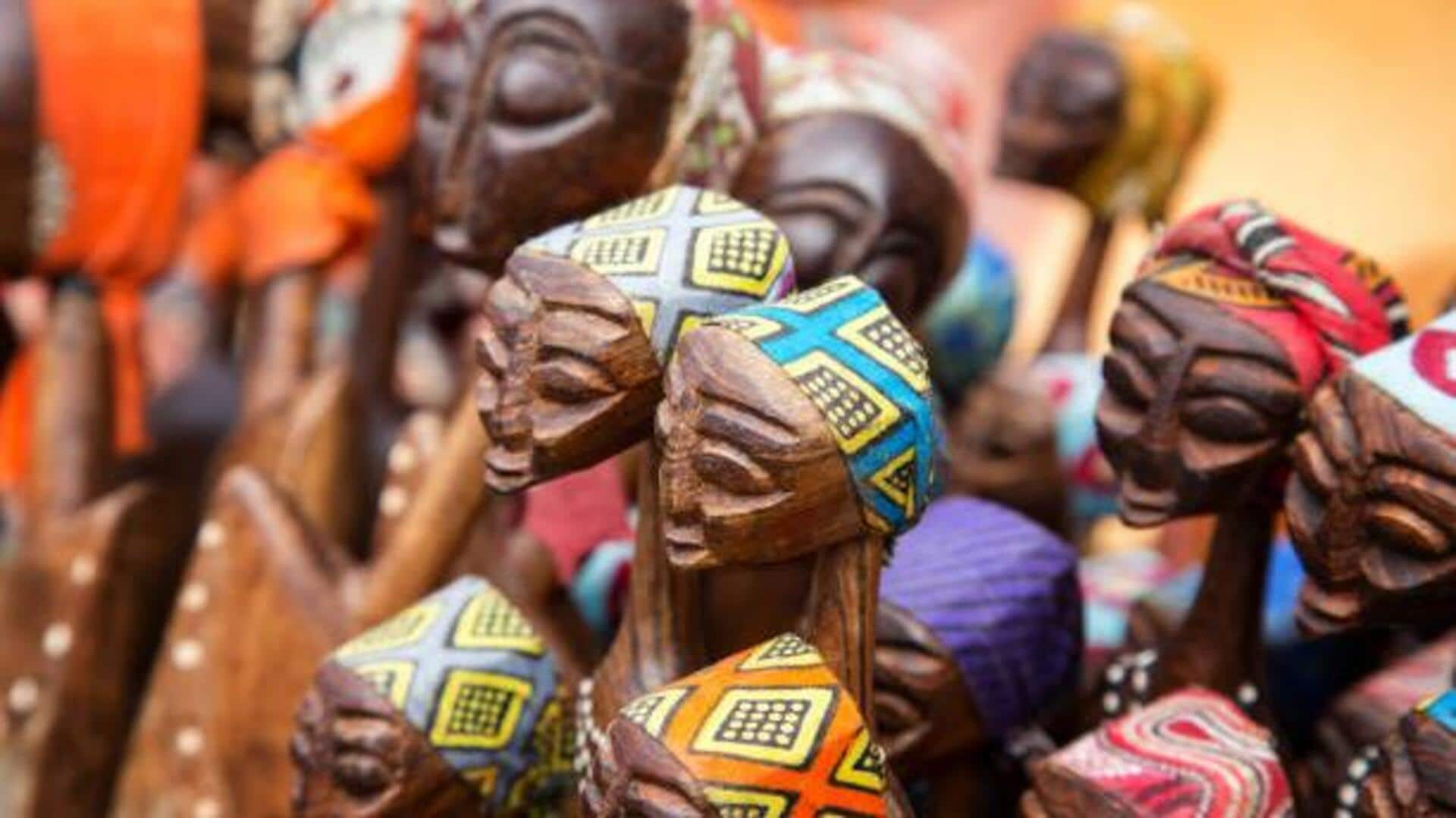
All about wood carving
What's the story
African wood carving is an essential art that has kept the continent's culture alive. This traditional art entails intricate techniques and carries profound cultural significance, often depicting spiritual beliefs, historical happenings, or social status. The beauty of African wood carving lies not just in creating beautiful pieces but also in keeping stories and traditions alive, passed on through the generations.
Craftsmanship
Traditional carving techniques
African wood carvers use a number of techniques to create their masterpieces. This includes chiseling, whittling, and sanding to get the desired shapes and textures. The process starts with the selection of the right kind of wood, often picking from species such as ebony or mahogany for their durability and aesthetic appeal. The tools used are generally simple but effective, letting artisans carve detailed patterns reflecting their unique styles.
Symbolism
Cultural significance in designs
The designs in African wood carvings are replete with symbolism. Each piece often tells a story or conveys a message related to the community's beliefs or history. Common themes include fertility, protection, and leadership. Masks are especially important as they are used in ceremonies to connect with ancestors or spirits. Understanding these symbols gives a peek into the values and traditions of different African cultures.
Community impact
Role of wood carving in society
Beyond its artistic value, wood carving plays an essential role in many African societies. It serves as a means of communication within communities and can denote social status or identity through specific motifs or styles associated with certain tribes or regions. Further, it contributes economically by providing livelihoods for artisans who sell their work locally and internationally.
Continuity
Preservation of tradition through artistry
Preserving the tradition of wood carving is essential to maintaining cultural heritage across Africa. Many artisans pass down their skills through apprenticeships within families or communities, ensuring continuity across generations. This not only keeps the art form alive but also nurtures a sense of pride amongst younger generations who learn about their ancestry through this creative expression.